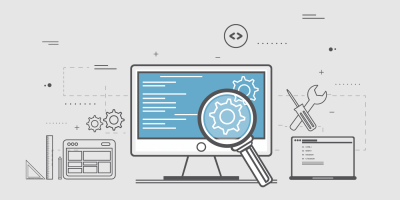The National Security Agency (NSA) and the Cybersecurity and Infrastructure Security Agency (CISA) have released today a 59-page specialized report containing direction for solidifying Kubernetes bunches.
At first, created by Google engineers and later publicly released under the Haze Native Computing Foundation, Kubernetes is one of the present most mainstream holder organization programmings.
However, because the Kubernetes and Docker model is so different compared to traditional, monolithic software platforms, many system administrators have problems configuring Kubernetes to work in a secure way.
Also read,
Utilized essentially inside the cloud-based framework, Kubernetes permits framework admins to handily convey new IT assets utilizing programming containers.
Regardless, because the Kubernetes and Docker model has so remarkably diverged from standard, strong programming stages, various system managers have issues planning Kubernetes to work in a secured way.
In the course of recent years, a few crypto-mining botnets have aimed for these misconfigurations. Danger entertainers examined the web for Kubernetes the executives include left uncovered online without confirmation or for applications running on enormous Kubernetes bunches (like Argo Workflow or Kubeflow), accessed a K8 backend, and afterward utilized this admittance to send crypto-mining applications inside a casualty’s cloud framework.
These assaults began occurring at a meek speed in mid-2017 yet have now arrived at a state where different groups are battling each other on the equivalent misconfigured bunch.
Through the direction distributed today, CISA and NSA authorities desire to furnish framework directors with a safety standard for future K8 setups that will keep away from these sorts of interruptions.
Moreover, other than a fundamental design rule, the joint CISA and NSA report likewise subtleties essential alleviations that organizations and government offices can execute to forestall or restrict the seriousness of a K8 data breach. These include:
- Scan Pods and compartments for weaknesses or misconfigurations
- Run Pods and containers with the least advantages conceivable
- Use network partition to control the measure of harming a trade-off can cause
- Use firewalls to restrict unnecessary network availability and encryption to secure classification
- Utilize solid verification and approval to restrict client and manager access just as to restrict the assault surface
- Use log examining with the goal that directors can screen action and be made aware of possible pernicious movement
- Intermittently survey all Kubernetes settings and use weakness outputs to assist with guaranteeing hazards are fittingly represented and security patches are applied





